The month of October is prime wildfire season in Southern California and various Government agencies have aircraft dotted around the state standing by to respond. Despite attempts to modernise the fleet, the majority of them are still former military aircraft. Chris Wood recently visited a few of them, under contract to the US Forest Service (USFS), at Lancaster’s Fox Field.
Still going strong are the Lockheed P-2 Neptunes operated by Neptune Aviation Services from Missoula, Montana. The company currently has eight in service, a mix of former US Navy P-2Es and P-2Hs, with two 1954 vintage P-2Es deployed to Lancaster at the time of the visit.
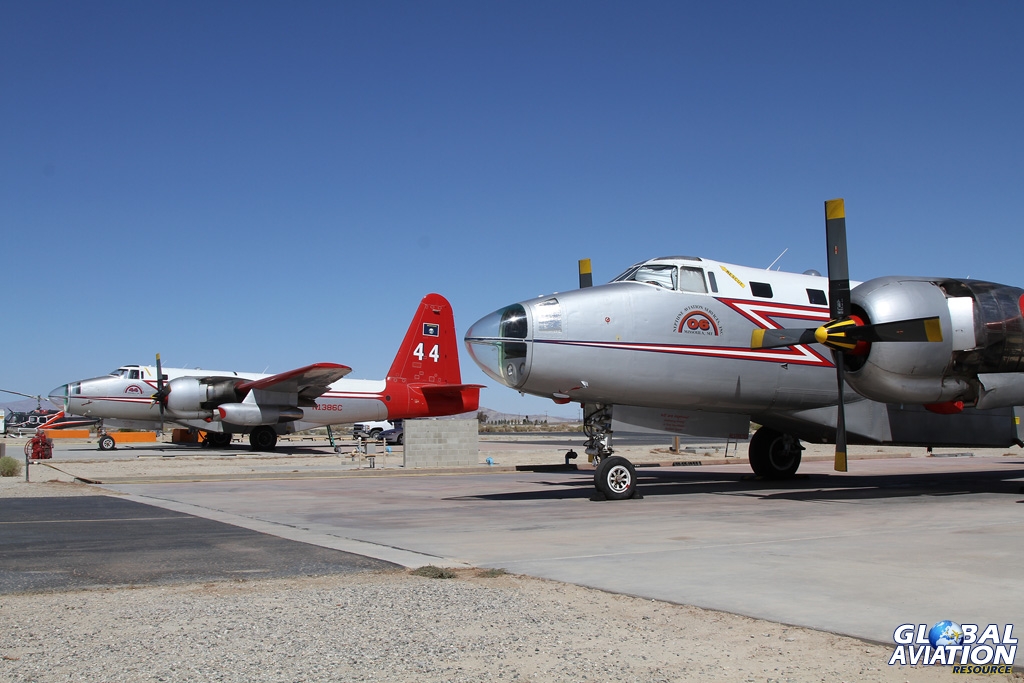
Waiting for the next call © Chris Wood
The aircraft have internal six door tanks capable of carrying 2,700 gallons of retardant.

On the way © Chris Wood
They are powered by a pair of 18 cylinder Wright Cyclone R3350-32W turbo compound radial engines, augmented by a pair of Westinghouse J-34 jet engines, which are used when some extra thrust comes in useful.
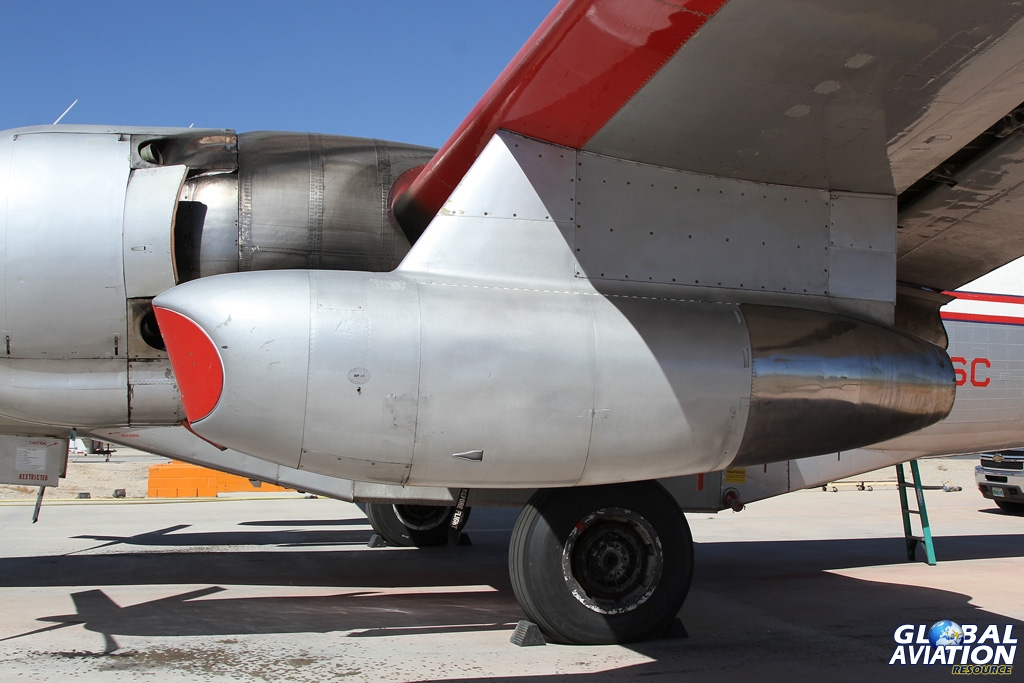
© Chris Wood
Take off, during retardant drops and also in the event of one of the radial engines failing, are the usual occasions when they are in use, and surprisingly the J-34 jets burn the same fuel as the R3350 radials. The rumble of the radials mixed with the whine of the jets makes for a strange sound as they get airborne, but the rate of climb (or lack of it) emphasises the need for the extra power.

Airborne! © Chris Wood
However the end of the road is in sight for the venerable Neptunes.

Returning to reload with retardant © Chris Wood
They are in the process of being replaced by converted British Aerospace 146s. The first aircraft was certified in 2011, there are currently three in service and the company plans to have a fleet of 11 by 2016.
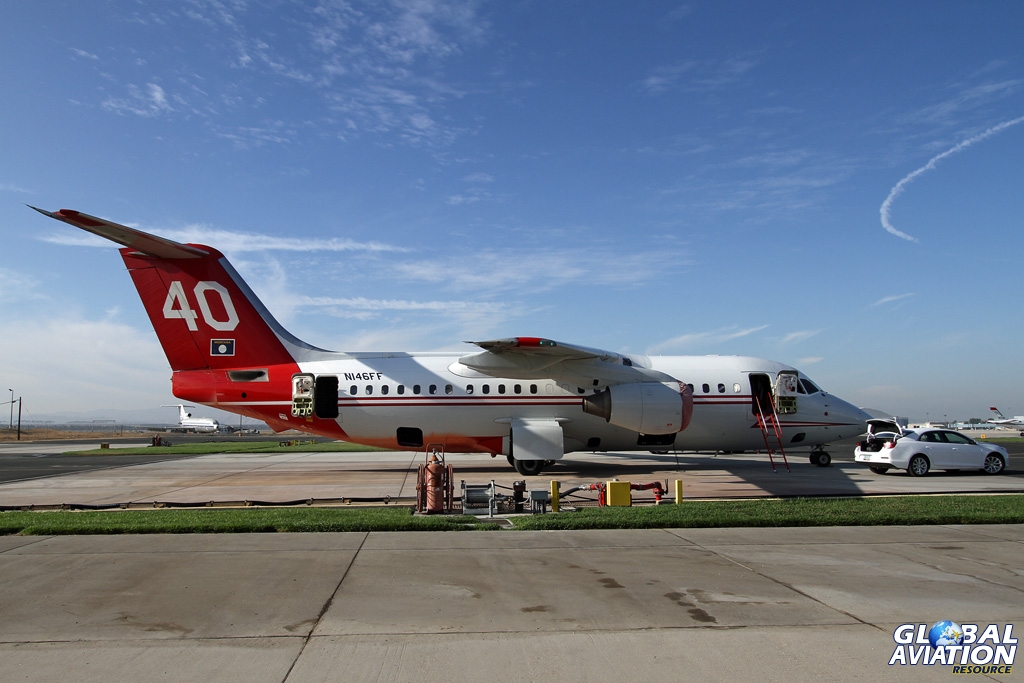
Tanker 40 at San Bernadino CA © Chris Wood
Whilst it’s great from an enthusiast’s perspective to see the old ladies still at work, there is a high price to pay and Neptune have lost three aircraft, tragically with their crews, in recent years. The 146 offers jet reliability and performance, plus the benefit of having four engines and, as the type is in its twilight years with the airlines, there are plenty available.
Also at Fox Field were a number of helicopters on standby for fire fighting duties, comprising one Bell 205A (which doesn’t have a military pedigree), operated by HeliQwest Aviation Canada, based at Sturgeon County, Alberta and three Sikorsky S-64 Skycranes.
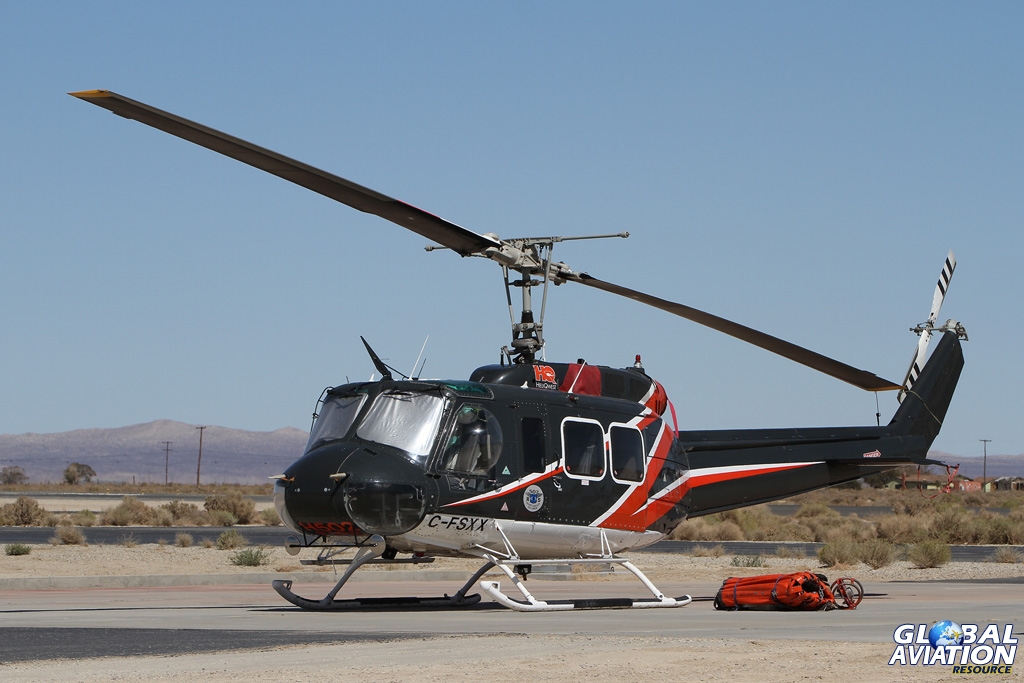
© Chris Wood
Two of the S-64s were operated by Erickson Air Crane from Central Point, Oregon and one from the Heavy Lift Division of Helicopter Transport Services in Corvallis, Oregon.

© Chris Wood
Around 100 S-64s were built, the vast majority for the US Army as the CH-54 “Tarhe”. Their impressive lifting capability meant that most of them found work after their military careers, being used primarily for logging, construction and fire fighting.

Erickson S-64E
Erickson has been the major user of the S-64 and in 1993 they obtained the Type Certificate from Sikorsky, enabling them to modify the aircraft and manufacture parts. This also resulted in a name change to the Aircrane. In 2007 they were awarded a Full Production Certificate by the Federal Aviation Authority (FAA) which allows them to build new aircraft.
There are two versions of the S-64, the S-64E and the S-64F. The E model is a conversion of the CH-54A and has a lifting capability of 20,000 lbs (9,072 kgs) at sea level. The F model is based on the CH-54B and features more powerful engines, an improved rotor system and a strengthened fuselage. It has a lifting capability of 25,000 lbs (11,340 kgs) at sea level.

HTS S-64F © Chris Wood
In 1992 Erickson developed a 2,650 gallon (10,000 litre) tank system for fire fighting, and the aircraft fitted with them are referred to as Helitankers. The tank can be filled up in 45 seconds using a “Hover Snorkel” filtered hose and hydraulically operated pump.
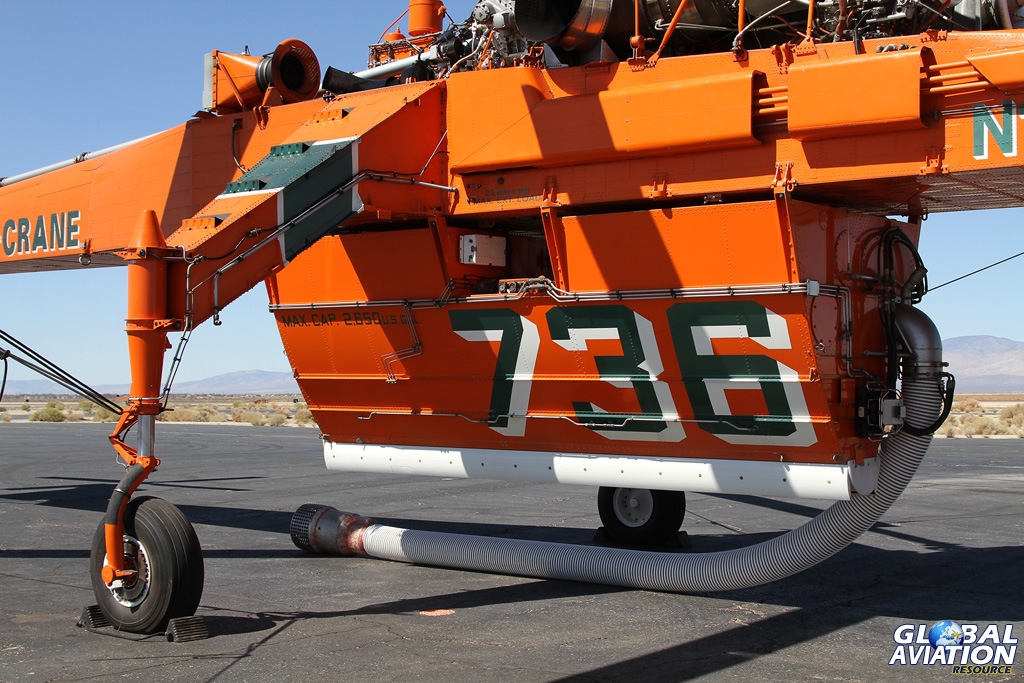
2,650 gallon tank with Hover Snorkel © Chris Wood
It can also be fitted with a ram scoop hydrofoil, or “Sea Snorkel”, to pick up salt water, which can fill the tank in less than 30 seconds.
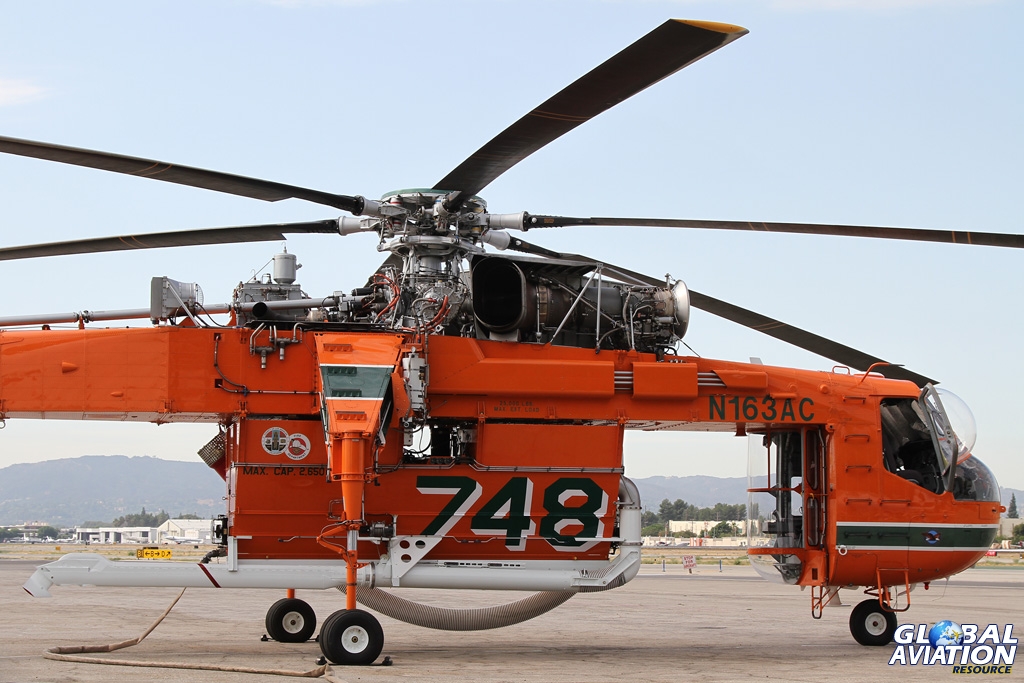
Sea Snorkel fitted to an aircraft deployed to Van Nuys CA © Chris Wood
When it comes to dispersing the load there are several options available. The crew can either drop all the load in one go, or varying percentages of the load. They can also vary the intensity of the drop, with a choice of eight different settings. The Helitanker can carry the same load as the Neptune, but with the benefit of improved manoeuvrability and precision drop capability, and is a highly sought after fire fighting asset.
Supporting the air and helitankers were a number of other aircraft operating in the command and control role.
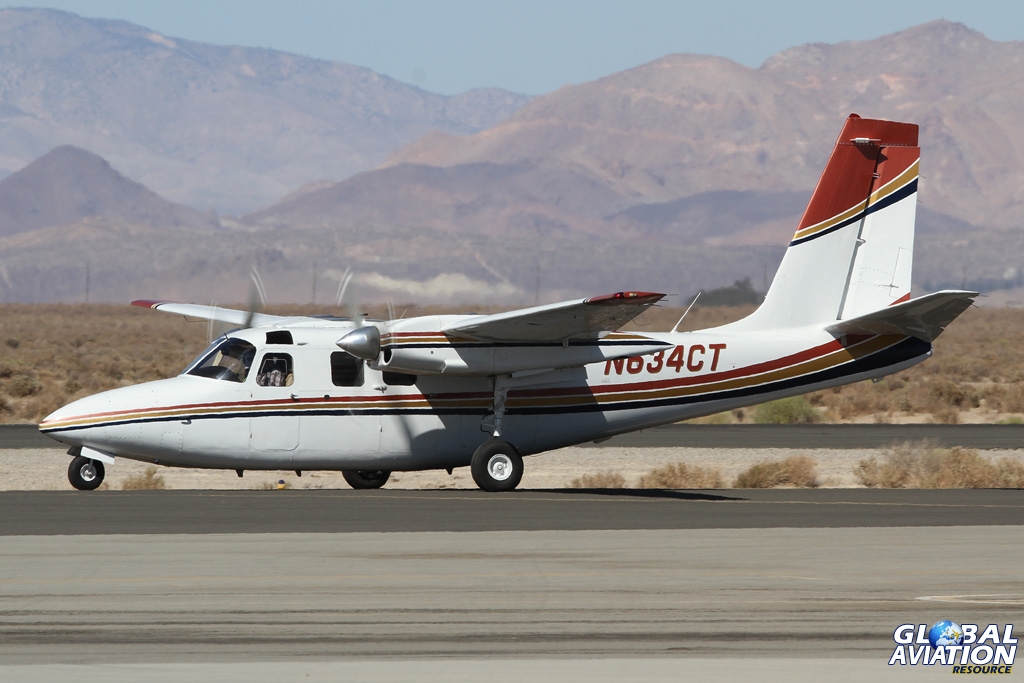
© Chris Wood
Helitankers are in big demand around the world, so once their work in California is complete they could be deployed to any one of a number of countries, as diverse as Canada, Mexico, Borneo or Australia, where they will continue their important work.
The author would like to thank all the people at Lancaster Fox Field who were generous with their time.

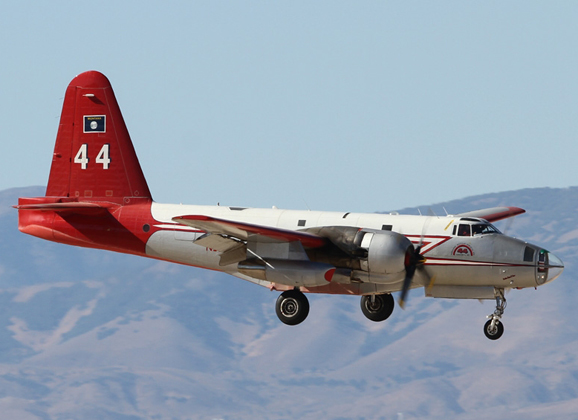



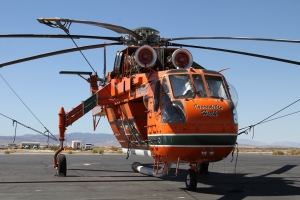

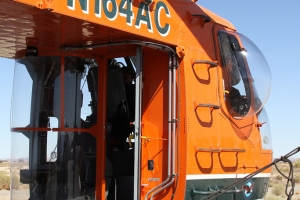
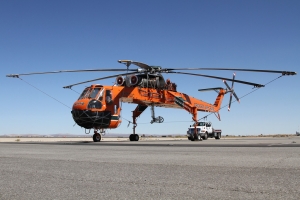
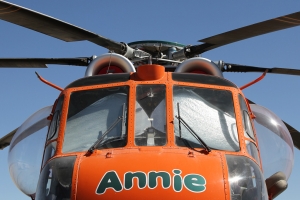





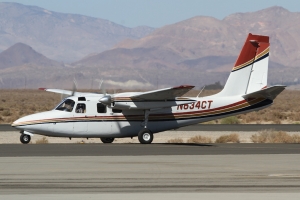
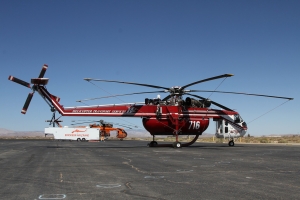


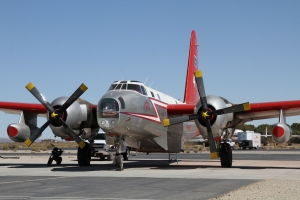


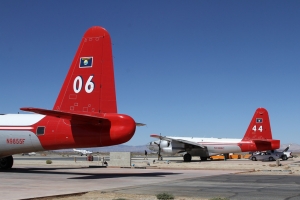
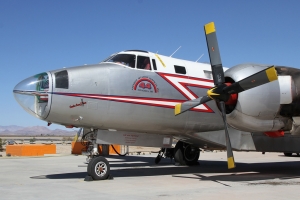
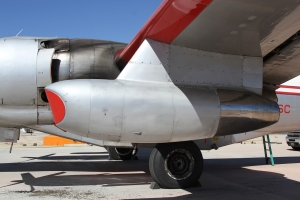
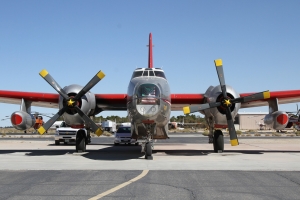

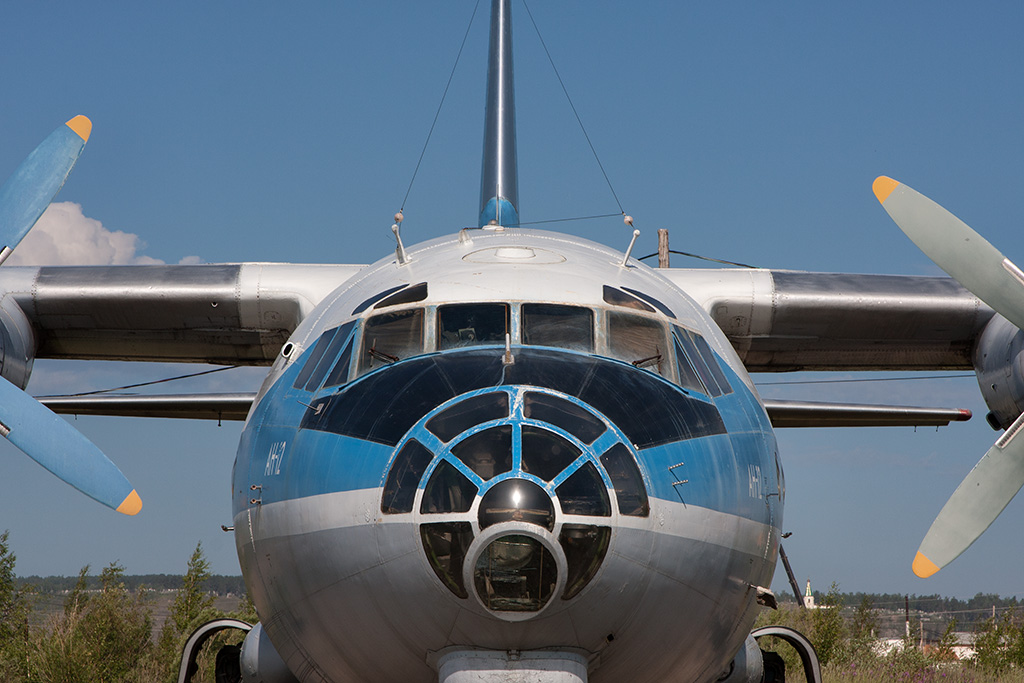

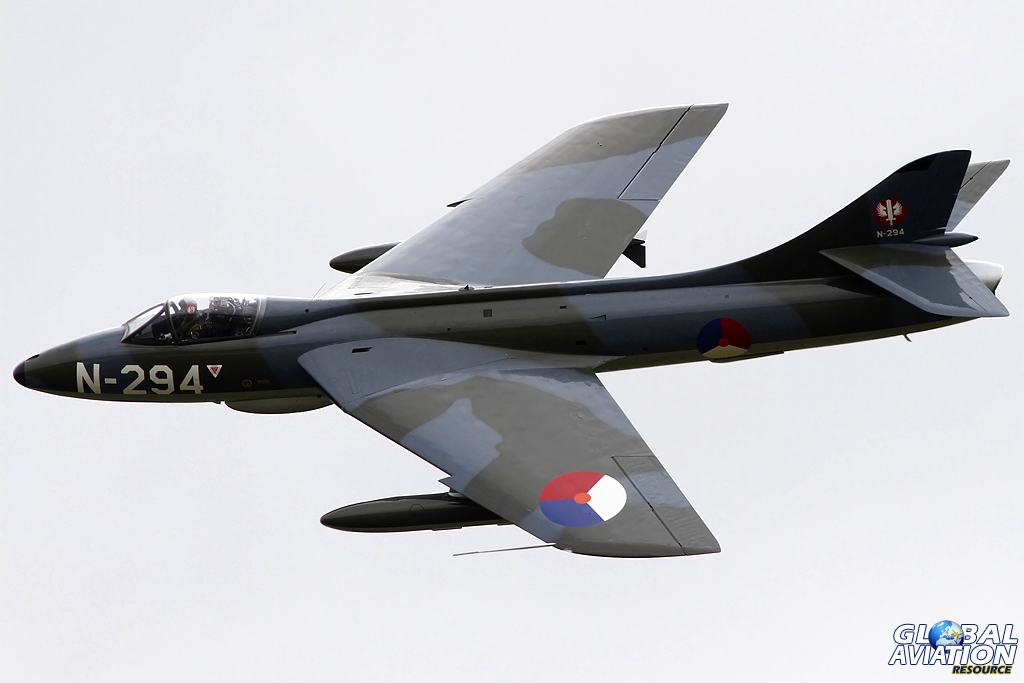

I was at Fox Field the day Chris was photographing and had a nice conversation with him. Chris told me about GAR and I have become a avid follower. It is a great web site, and I did enjoy meeting Chris. Keep up the good work!